7 minute read
The South (African) Wind
Justin Spence and the heirloom Auster
BY HAL BRYAN
“THE AIRPLANE JUST HAS always been there, always been part of the family,” said Justin Spence, a pilot, mechanic, and builder/restorer whose 30-year (so far) aviation career started the day he was born. The airplane he was talking about is a 1947 Auster J-2 Arrow, an airplane that looks like a Taylorcraft but isn’t exactly. The Auster’s history begins only shortly before its first encounter with the Spence family.
From Taylorcaft to Auster
In 1937, the Leicestershire Aero Club, a flying club founded in the English East Midlands in 1909 that is still going strong today, imported some 40-hp Taylor Cubs, followed by a 40-hp Taylorcraft Model A. One of the club members, A.L. Wykes, a pilot who’d started flying just as the Royal Flying Corps was transitioning to the Royal Air Force toward the end of World War I in 1918, was impressed by the Taylor designs. In 1938, he visited Bob Taylor in the United States and struck a deal to manufacture Taylorcrafts under license back in England. According to Chet Peek’s The Taylorcraft Story, at the end of his trip, Wykes sent a cable to his wife that read, “Returning home, going to make aeroplanes!”
His new company, Taylorcraft Aeroplanes (England) Ltd., did just that, starting with the Taylorcraft Plus C, essentially a Model A that had been updated to conform with British regulations. The Plus C led to the Plus D, powered by a Blackburn Cirrus Minor engine. The military version of the Plus series was named Auster I, after the Roman god of the south wind, and that name stuck with the next several variants. Austers served in the RAF during World War II as spotters and liaison aircraft. After the war, as designs continued to develop, the company was renamed Auster Aircraft Ltd. in March 1946, and operations were consolidated at Rearsby Aerodrome.

Postwar production kicked off with the J-series, including the J-2 Arrow, a high-wing, side-by-side taildragger, with a traditional steeltube fuselage, spruce spars and ribs, and fabric covering, powered by a 75-hp Continental engine. The airplane still had a lot of Taylorcraft DNA, but the differences were in the details.
“One of the big differences between this Auster and a Taylorcraft is this has sticks in it,” Justin said. “The sticks are mounted to a U-channel the same way that the Taylorcraft does the yokes. And in fact, you can unbolt this control system and bolt it into a Taylorcraft.” Other differences include the Auster’s semi-symmetrical wing that permits mild aerobatics, a counterbalanced rudder, a different trim system, and hardware differences like metric bearings and the like.
Auster continued until 1961 when it was taken over by Beagle Aircraft Ltd., which went out of business in 1969.
Long before that happened, the airplane that would become an heirloom, serial No. 2373, rolled out of the Auster factory in Rearsby in 1947. Then, in a story we’d love to hear, it flew to Rhodesia (now Zimbabwe) in Southern Africa a few years later. Not long after, the Auster lost its wings in a battle with a couple of trees and was listed for sale as a project.
Some of us, even if we don’t usually admit it, quietly want to believe that airplanes, especially the old ones, somehow have souls. It’s a pleasant thought, one that seems almost fully borne out at key moments, like those golden-hour threepointers where you swear you can feel the blades of the grass tickling the tires as you and the airplane cooperatively pursue that one perfect landing. But life has its way of constantly reminding us that we must take the good with the bad. If an airplane has a soul during the happy moments, then it must in the sad ones, too. The idea, then, of a humble little taildragger, a double amputee, sitting pitiably wounded in a hangar slowly losing hope for its future is achingly poignant. With the benefit of 70-plus years of hindsight, knowing that the airplane’s flying life was really only just beginning, that poignance fades, but it will still eat at you if you let it.
Enter Vincent Aloysious
Vincent Aloysious Spence, better known as Mike (or “Pa” to his grandson Justin), was born in 1930 and learned to fly in Rhodesia in the early ’50s under the auspices of a Royal Air Force civilian training program that was a holdover from the war. He trained in a de Havilland Tiger Moth, and later partnered on one, but before that, he and a friend came across the J-2 for sale as a project.
“My grandfather bought it for the first time back in … the early ’50s,” Justin said. And, yes, he said “the first time” — more on that later. “He and a friend of his had bought the project crashed.”
Mike, who was working to become an aircraft mechanic, and his friend Jerry (that’s Uncle Jerry to Justin) got the airplane repaired, rebuilt, and ready to fly. Ready, that is, except for one thing.
In 2022, Justin wrote a story, “The Little Auster,” which was one of the winners of EAA’s Pilot Your Own Adventure Writing Contest, supported by Flight Outfitters. “Mike and Jerry get the little J-2 back up and flying,” he wrote. “But even in the ’50s the Auster is plagued by the biggest problem of all in aviation — paperwork.”
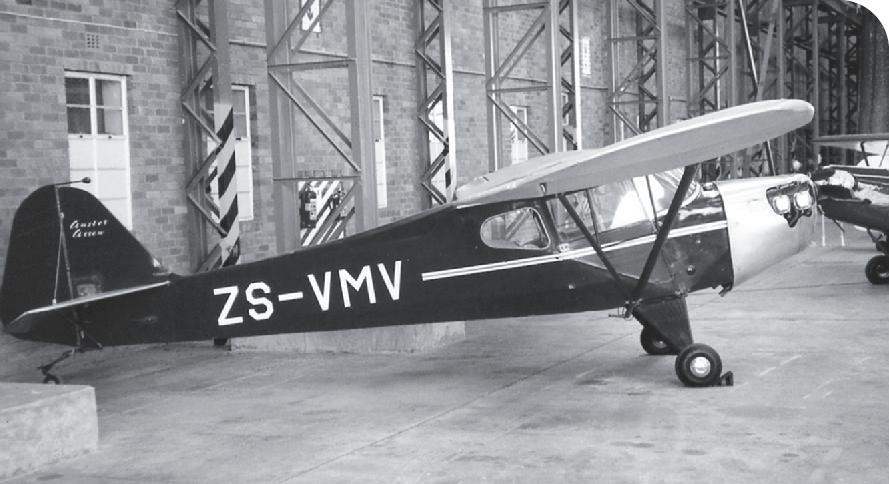
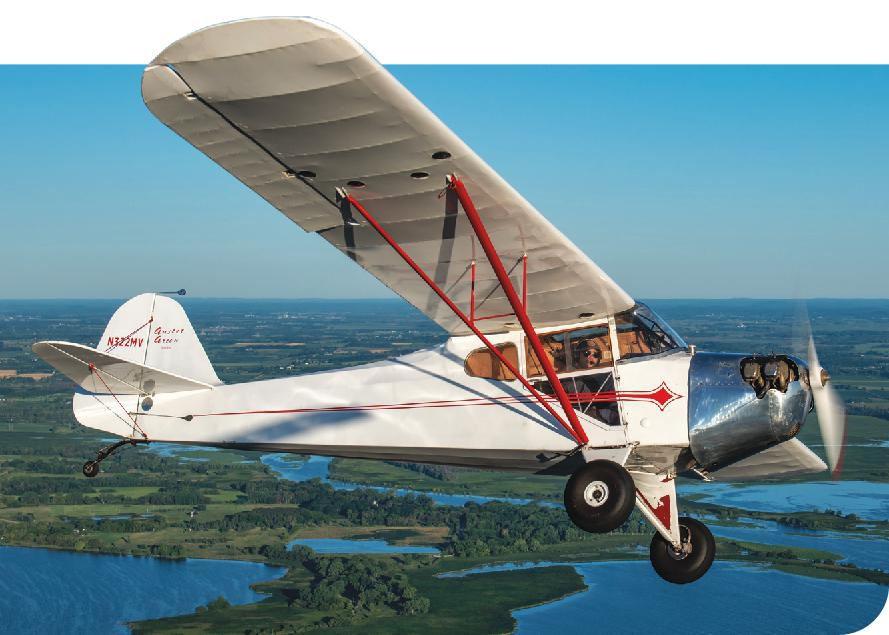
If this part of the story had taken place in the United States just recently, the next part of this article would vaguely explain that Mike and Jerry got the paperwork sorted and began flying the Auster, letting the reader infer that things happened in that order. But, since it took place across the world nearly 70 years ago, it seems likely that the statute of limitations has run out, especially since the country where it happened no longer exists. It turns out that Mike and Jerry trusted their engineering more than the government’s bureaucracy and, when patience wore out, just went ahead and flew it anyway for several weeks. When the Rhodesian official finally came to do the inspection, it turned out that his favorite fishing hole was right next to Jerry’s farm — friendships were made and apologies accepted, and 2373 was given an airworthiness certificate.
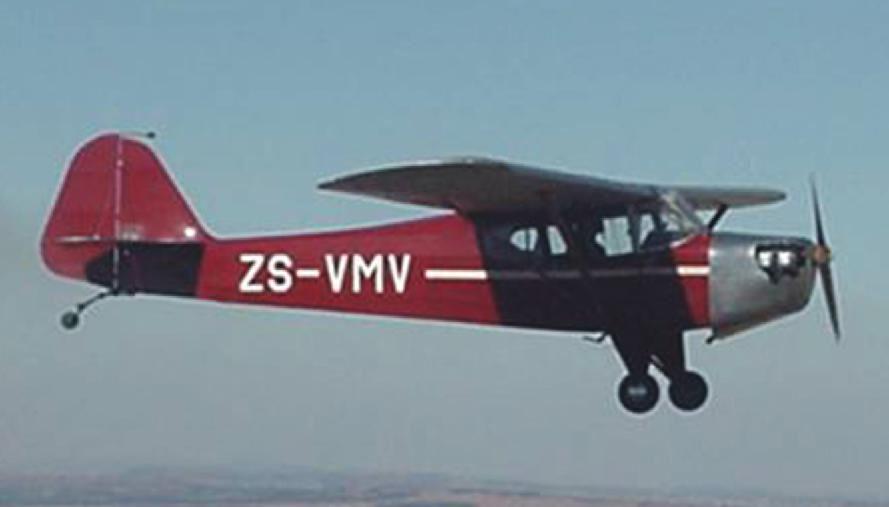
Mike and Jerry enjoyed the Auster and, shortly thereafter, the Tiger Moth they bought together until somewhere around 1962, when Mike and his wife decided to take their three kids and move to South Africa. Life happens, moves and kids are expensive, so Mike sold the Auster as a matter of course, likely thinking that was where the intersection between 2373 and the Spences would end. He stayed active in aviation, bought a Piper Vagabond, and continued to work on and restore other aircraft.
Over time, he developed a keen interest in amateur-built aircraft as well, and he had already assembled an informal group of like-minded people when he first learned about EAA. Mike began corresponding with Paul Poberezny and in February 1969 chartered EAA Chapter 322 in Johannesburg. The chapter, with Mike as president, held its first event, a fly-in and open house, just five months later, and more than 1,000 people showed up. Clearly, there was a lot of aviation interest in the area, and that interest is still going strong, as anyone who has wandered through the South African compound in Camp Scholler during AirVenture can attest.
Mike went on to found two more chapters, Chapter 575 on the east side of Johannesburg and Chapter 973 on the west side. Paul awarded Mike a lifetime membership in EAA, and
The Anthony Era
Mike’s son Anthony, Justin’s father, wrote about Mike in an EAA blog piece called “EAA in South Africa” that we published in May 2019.
“[Mike] went on to own several aircraft, he bought another Tiger Moth and a DHC-1 Chipmunk,” he wrote. “Over the years he also owned two more Auster aircraft, both J-5s, every model of Piper Cherokee from the 140 to the Cherokee 6-300, a Nord Norécrin 1203, and a very rare PZL-102B, of which there are only three left in the world.”
Even with that impressive series of purchases, Mike never forgot that first Auster, the one that he and Jerry rescued and resuscitated back in the ’50s. In 1978, after somewhere around 16 years apart, the two crossed paths again.
“And one day, my grandpa was just paging through a farmer’s trader tractor magazine, and lo and behold, in one of the little ads was this Auster, a 1947 Auster
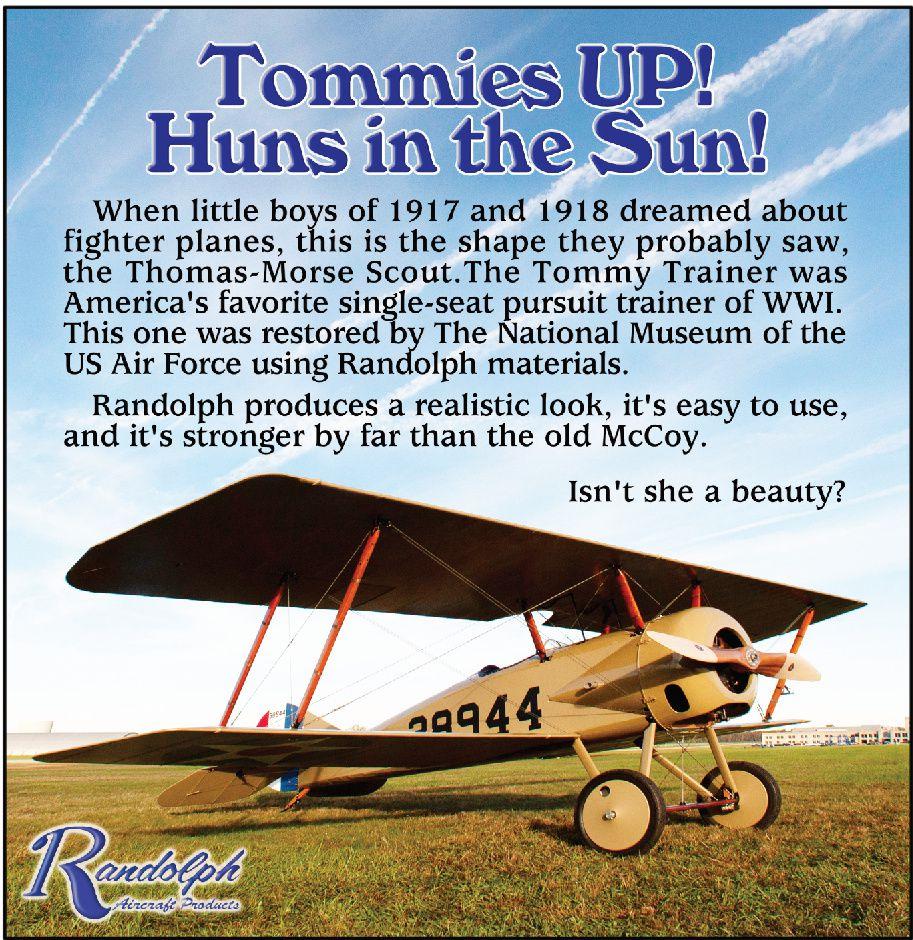
J-2 for sale up in Kimberley,” Justin said. The ad read, “1947 Auster J-2 for sale, damaged in accident,” and Mike sprang into action. There were only 44 J-2s built, and most of them ended up in Australia, so he knew that this Auster just about had to be the Auster. According to Justin, Mike called the seller and said, “Don’t sell it. I’m buying it, and I’ll be there tomorrow.” Mike and then-teenage Anthony hopped in a truck and attached a trailer and, true to his word, bought the airplane and brought it home to the family — for good this time.
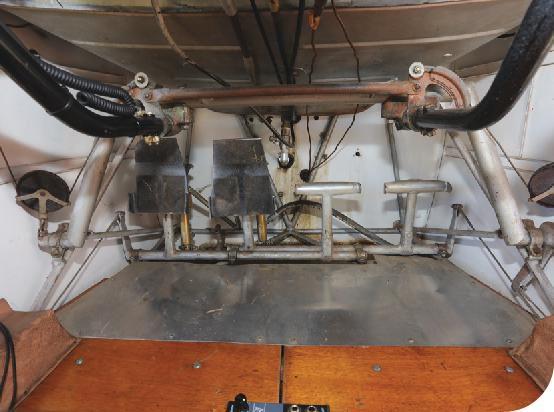
“[Mike] had regretted selling it when he had to, but life is the way it is,” Justin said. “And the airplane had sort of found a way back …. Again, both wings were broken; it was the same sort of story. And my grandfather rebuilt it again with my dad this time.”

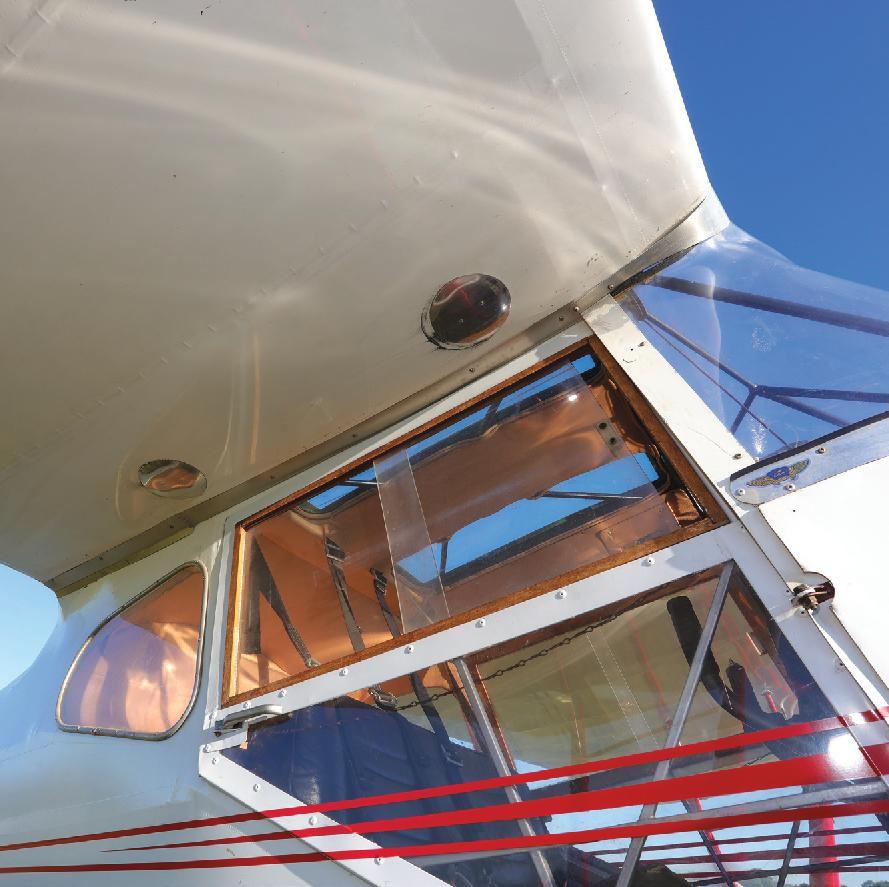
We all know that this airplane, this inanimate collection of cold, bent metal and torn fabric and hardware and gauges and an engine, can’t communicate. It didn’t really know that it had been hurt before in just the same way, it didn’t remember the good man who, with his friend, had rescued it the first time, and, of course, there was no way that it could have somehow put out a call for help.
It was just a bit of happy happenstance, then, that Mike just chanced upon an ad for a broken airplane while he was looking in a magazine shopping for tractors, right? It was just one of those rare cases where the sterile and dispassionate chaos of the universe briefly, randomly resolves into some kind of happy clarity, right? Well, whatever happened, blind luck, coincidence, or something just a bit more ephemeral or even divine, the Auster, in good and capable hands, came back to life once again, this time as ZS-VMV.
As Anthony grew up, he stayed immersed in aviation, becoming a pilot and a mechanic just like his dad. The family enjoyed flying the Auster all around South Africa, eventually basing it at Krugersdorp, a city toward the north side of South Africa with a rich history in mining. In 1989, Anthony and his wife had a son, Matthew, followed three years later by another son, Justin. As kids, even their nicknames were rooted in aviation.
Justin’s Time
“I was Nosewheel, because I was getting carried everywhere, and my brother was Tailwheel, because he was just walking, trailing behind,” Justin said. “Every Saturday of my life was spent at Krugersdorp around the airplanes. And then as we grew up, around about the age of 10, 11 years old, we got pretty heavily into model airplanes. And so, Sundays went to flying model airplanes,

